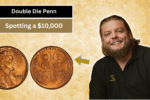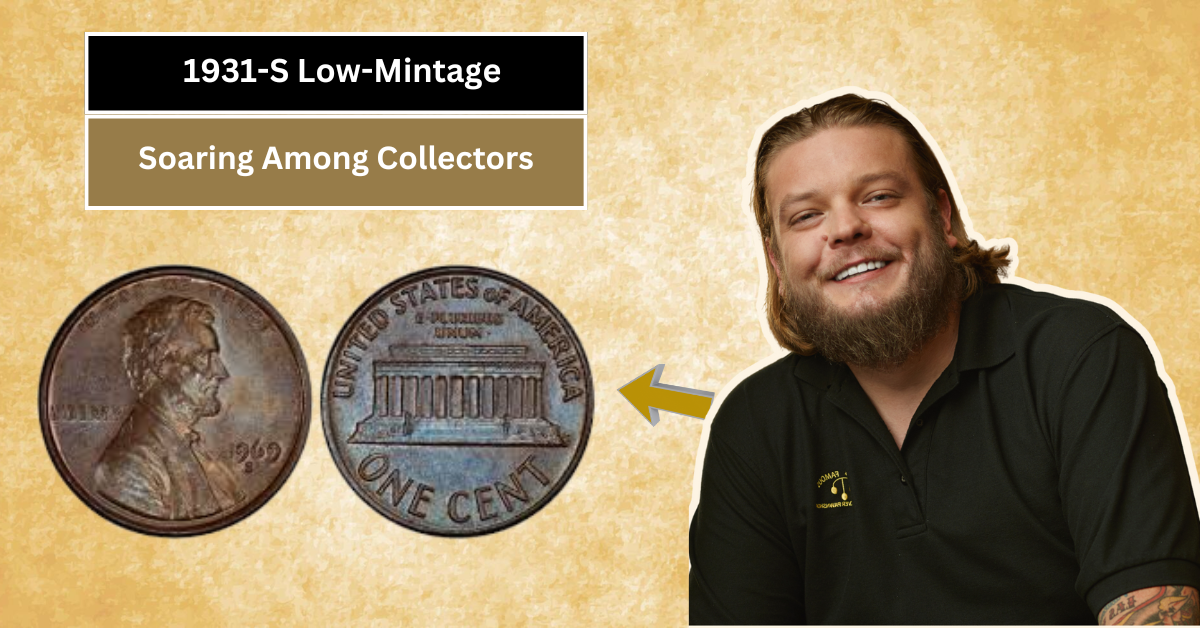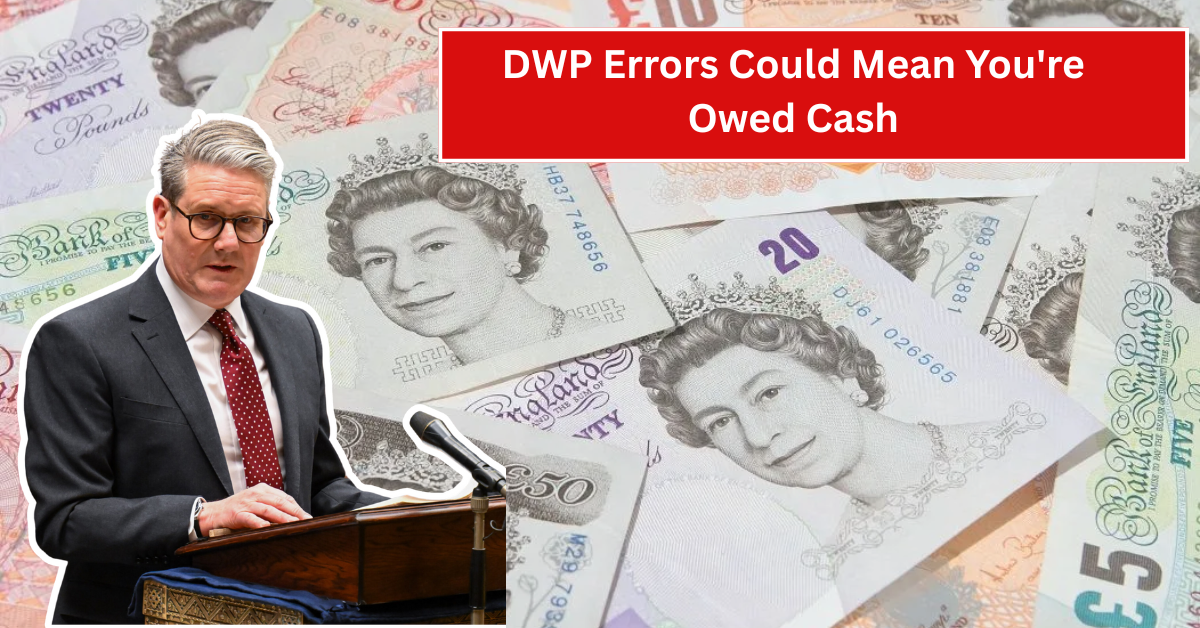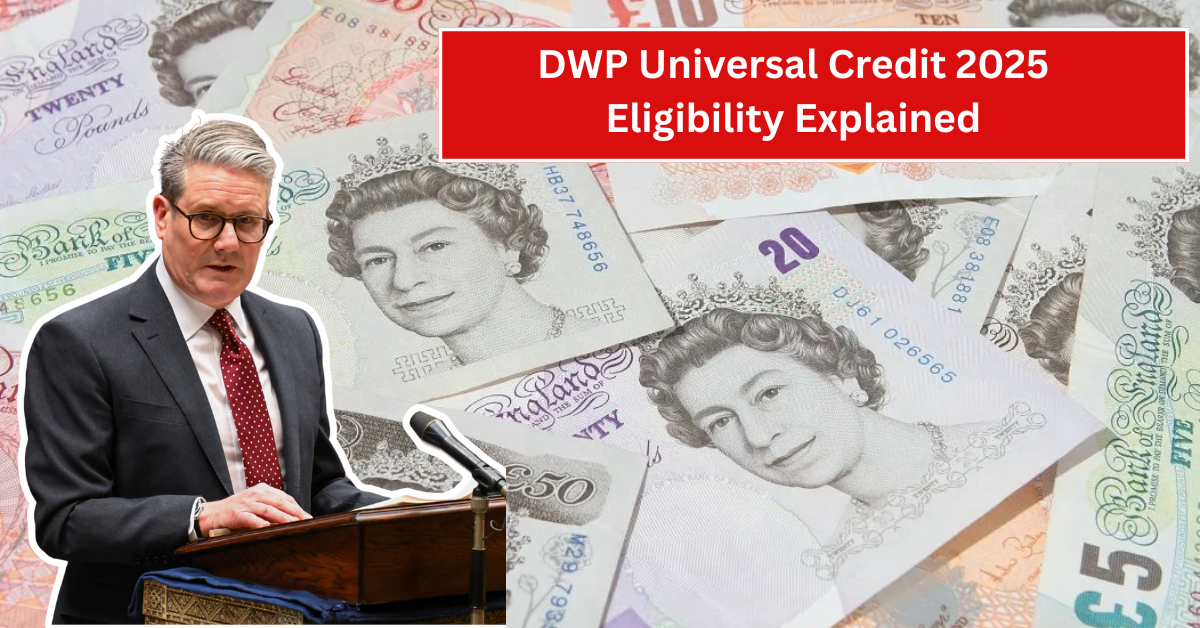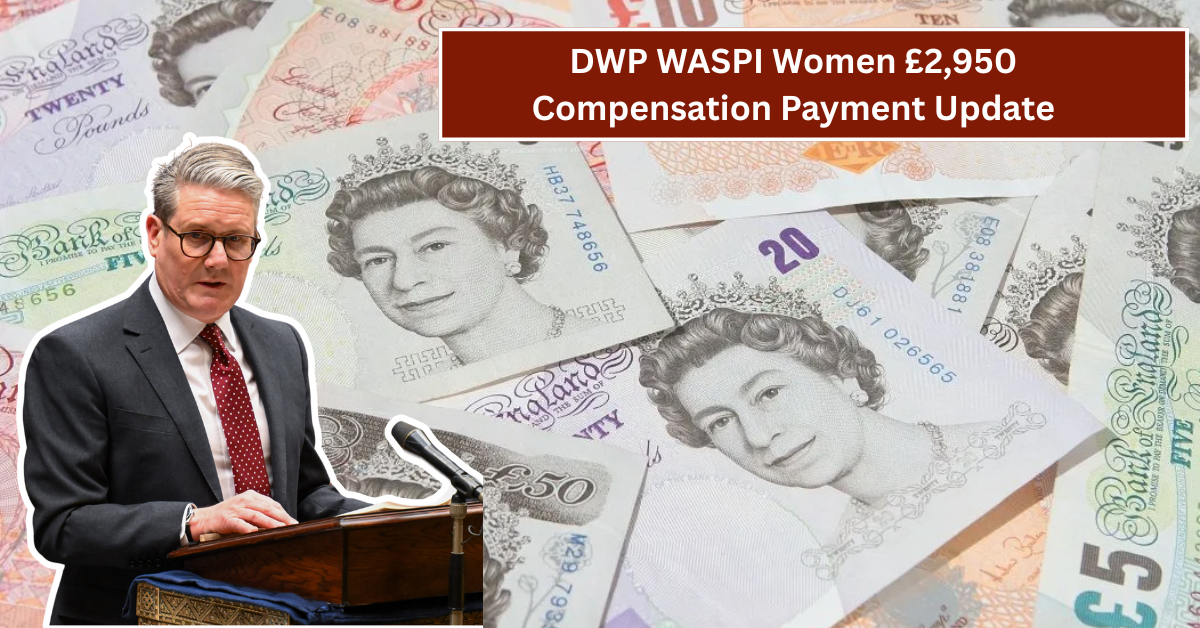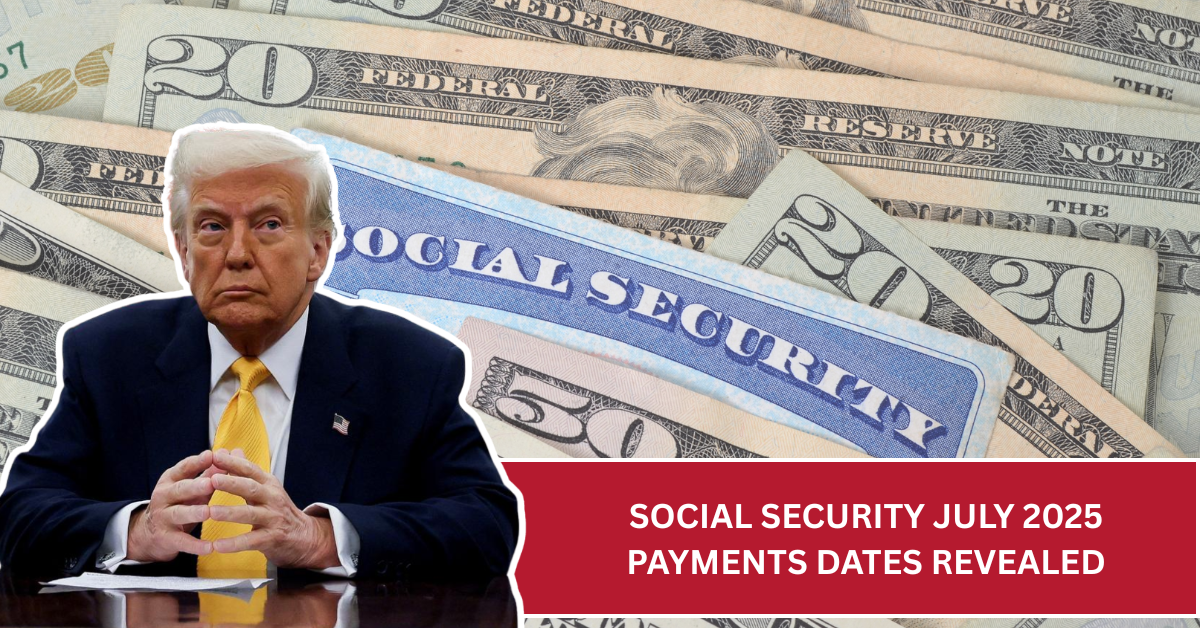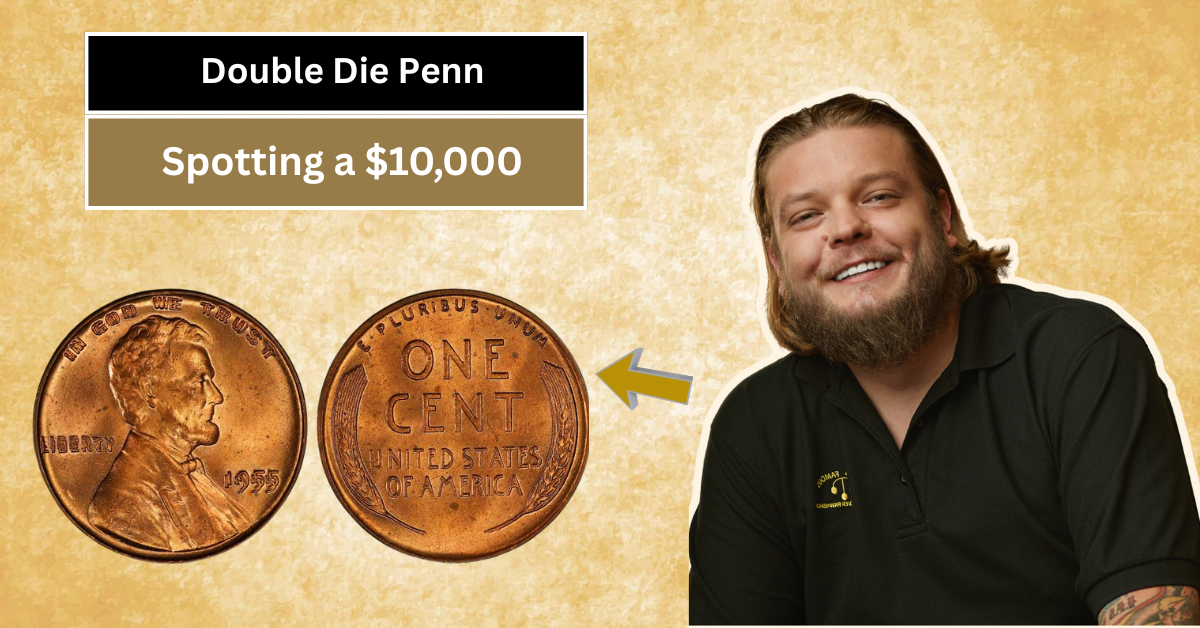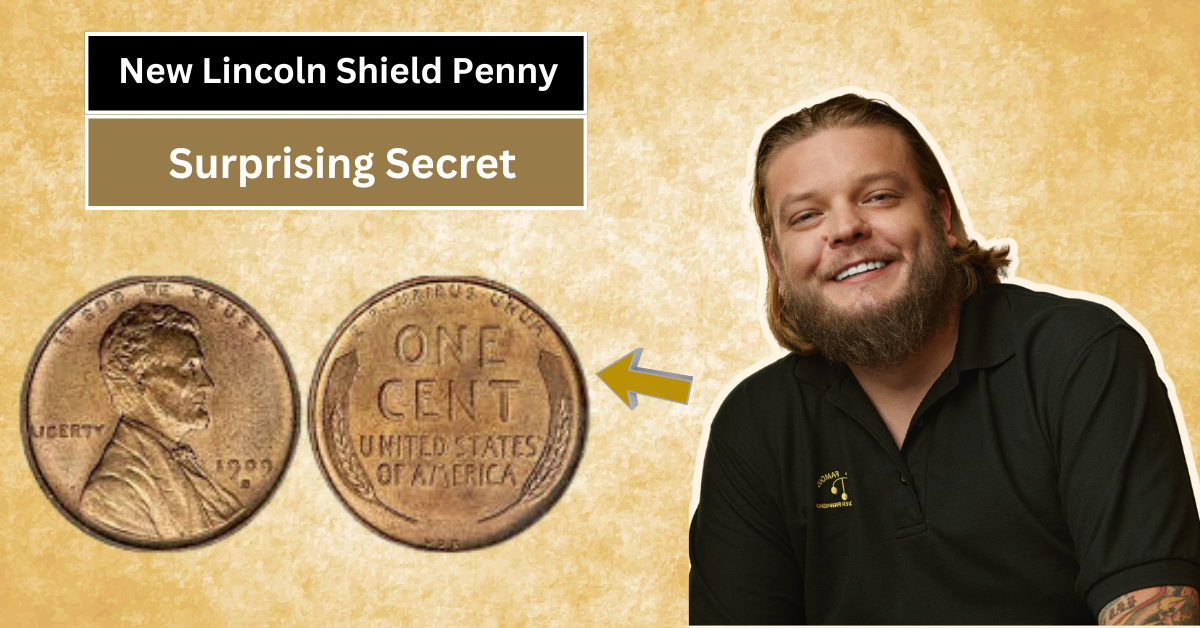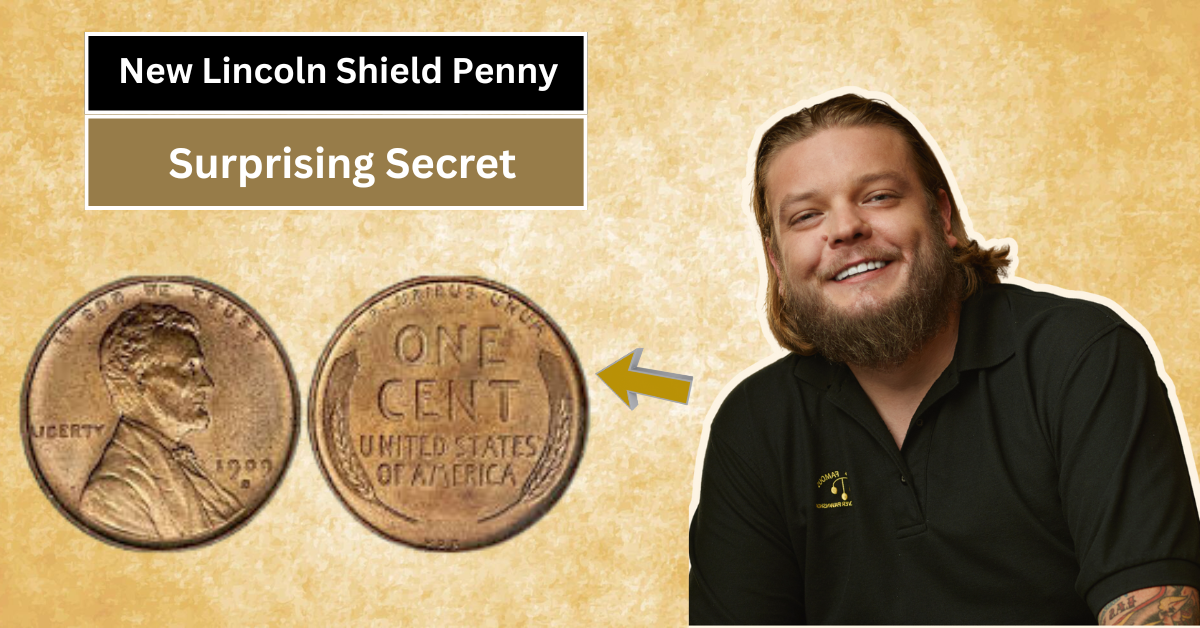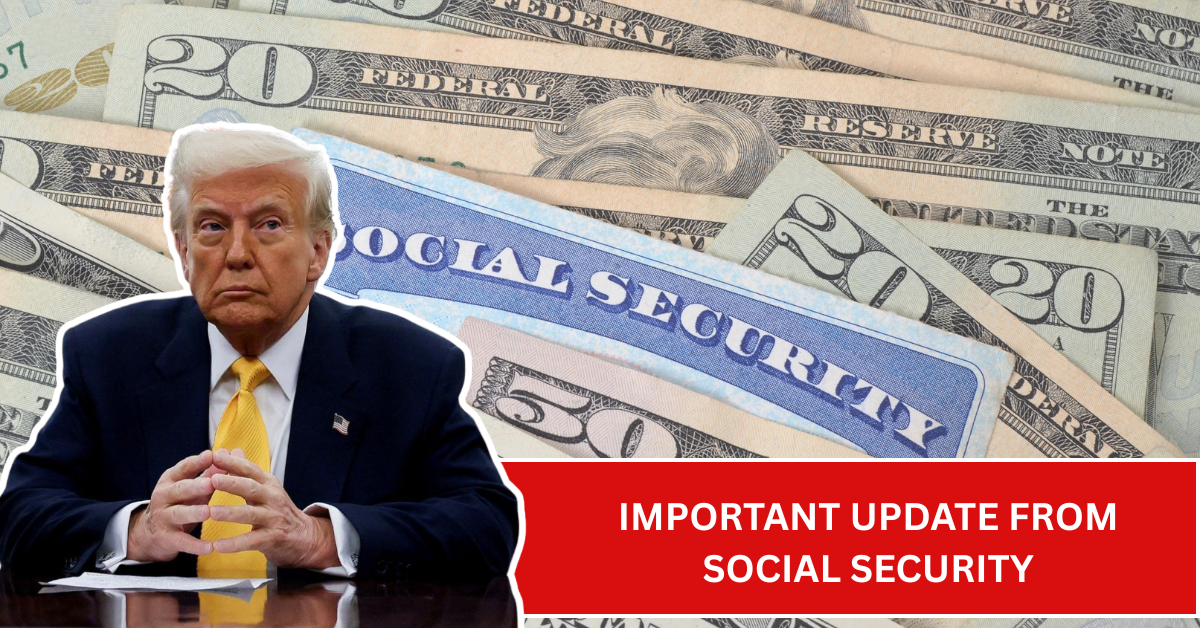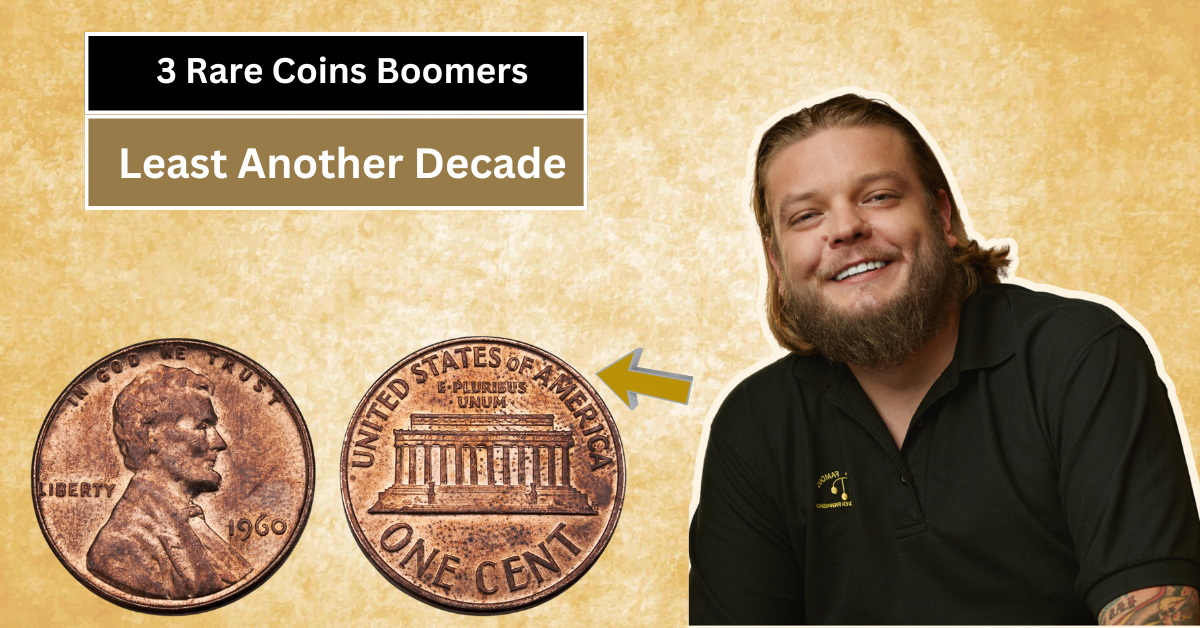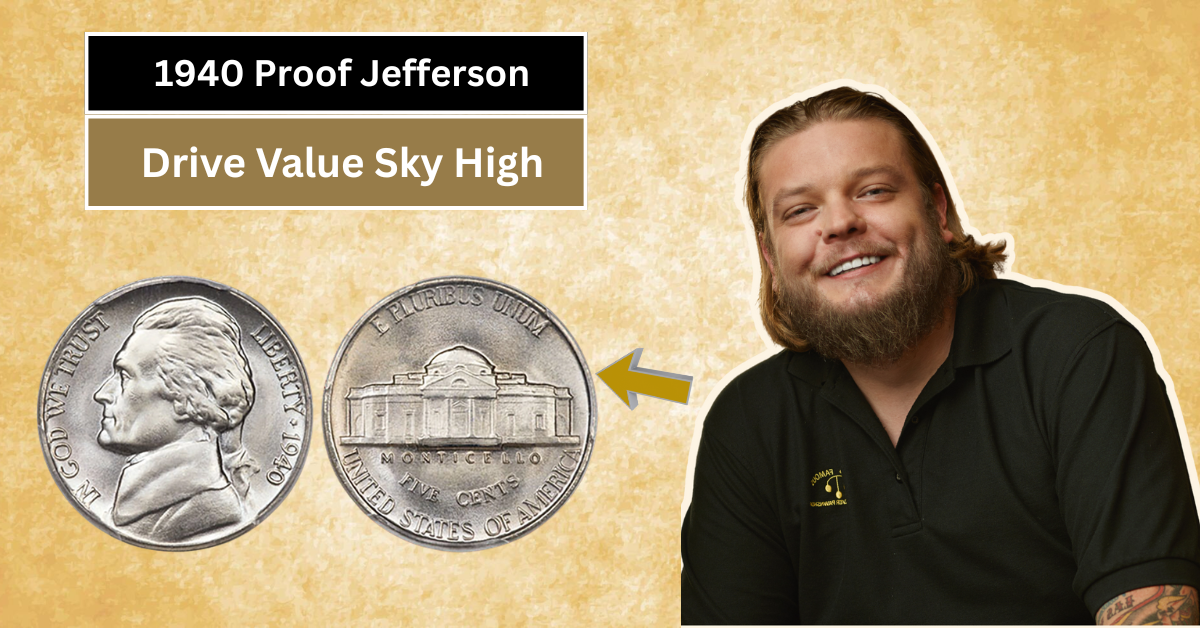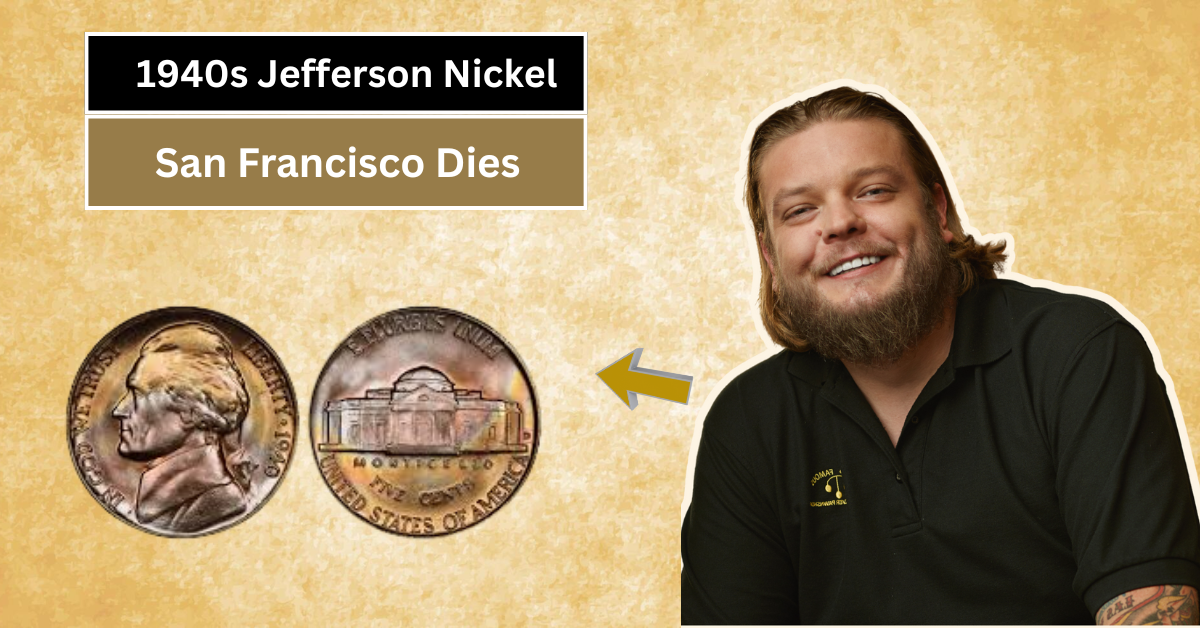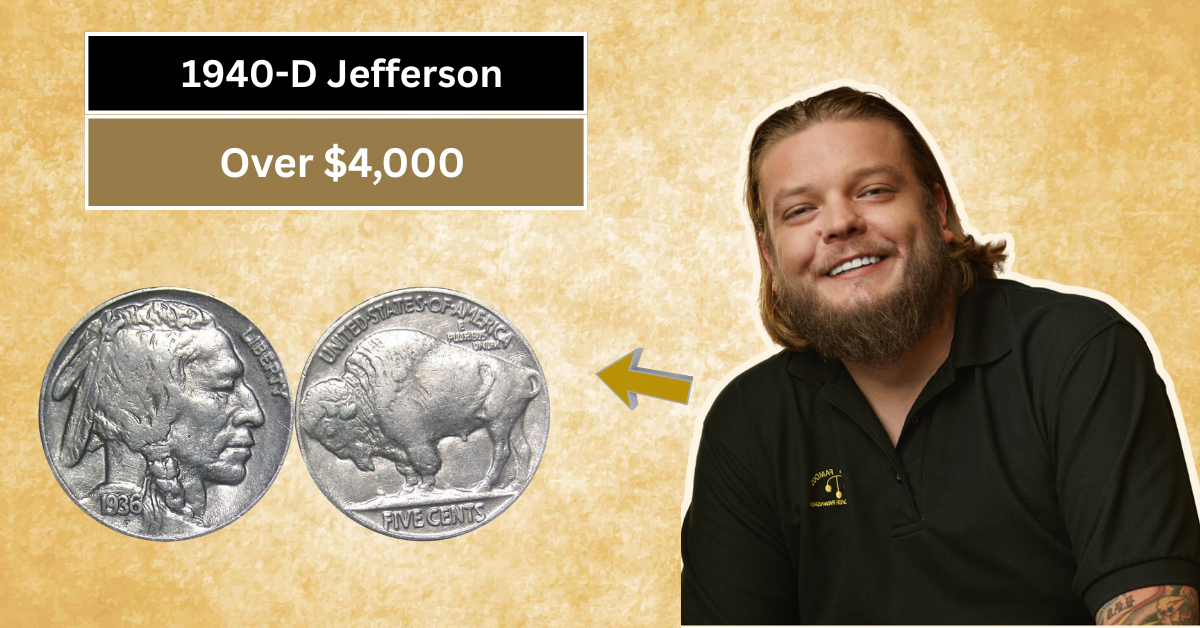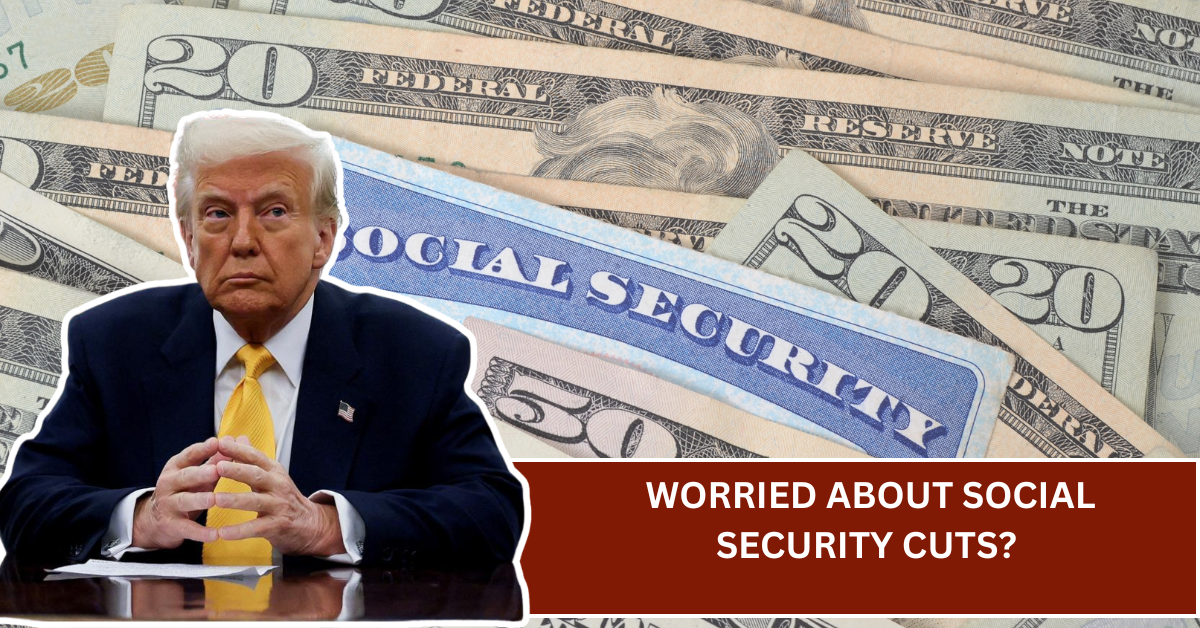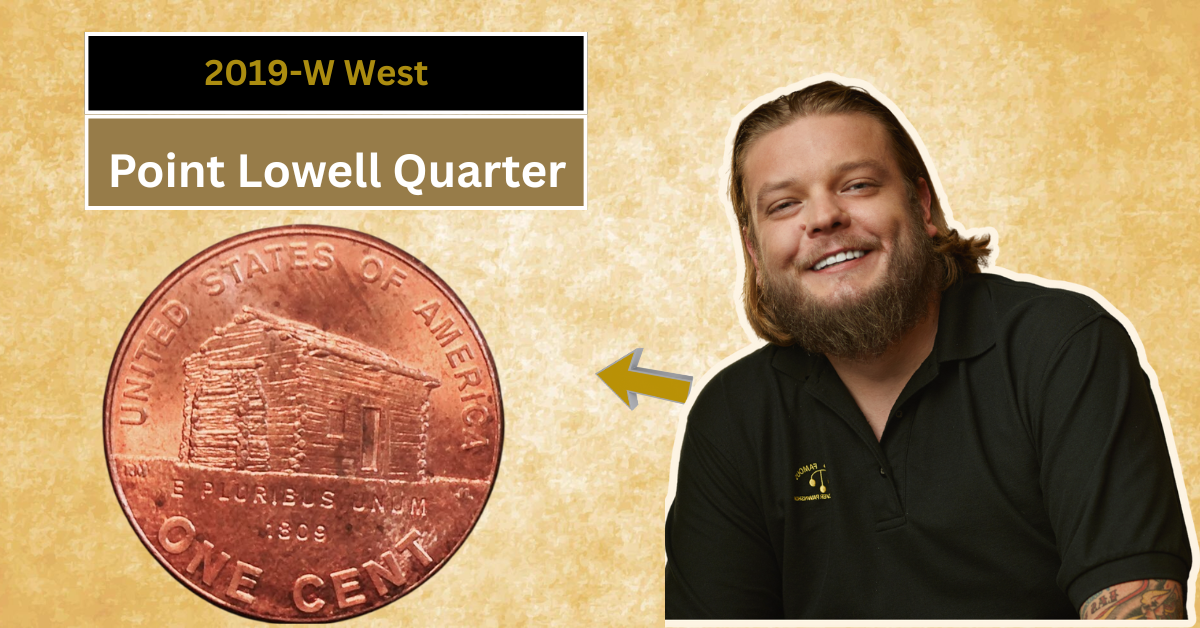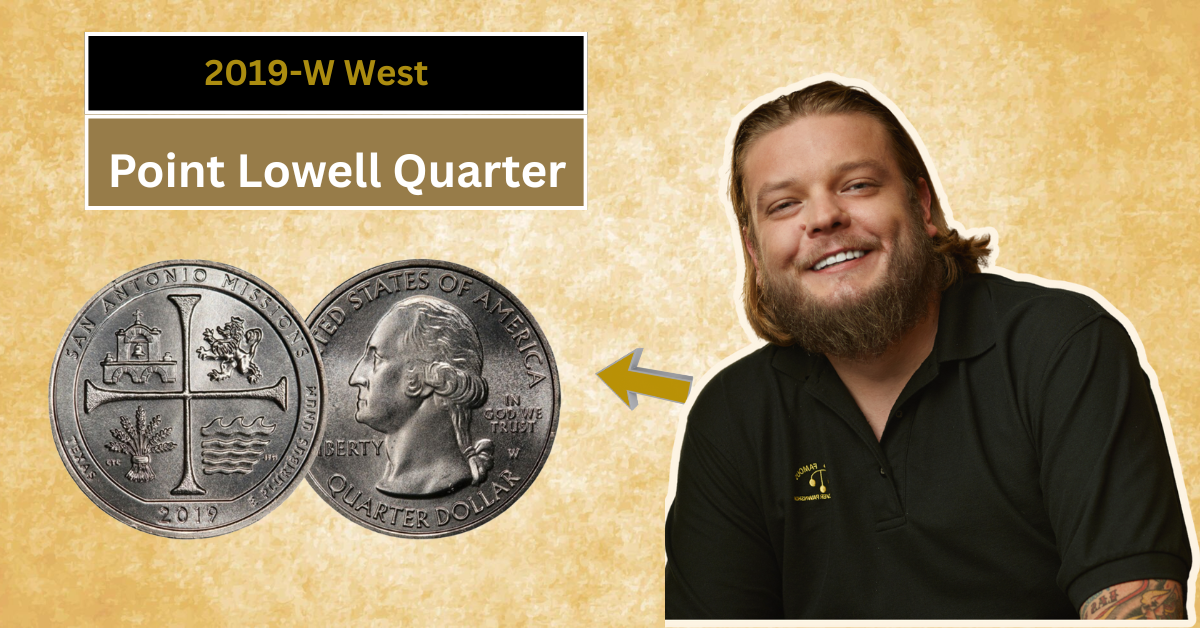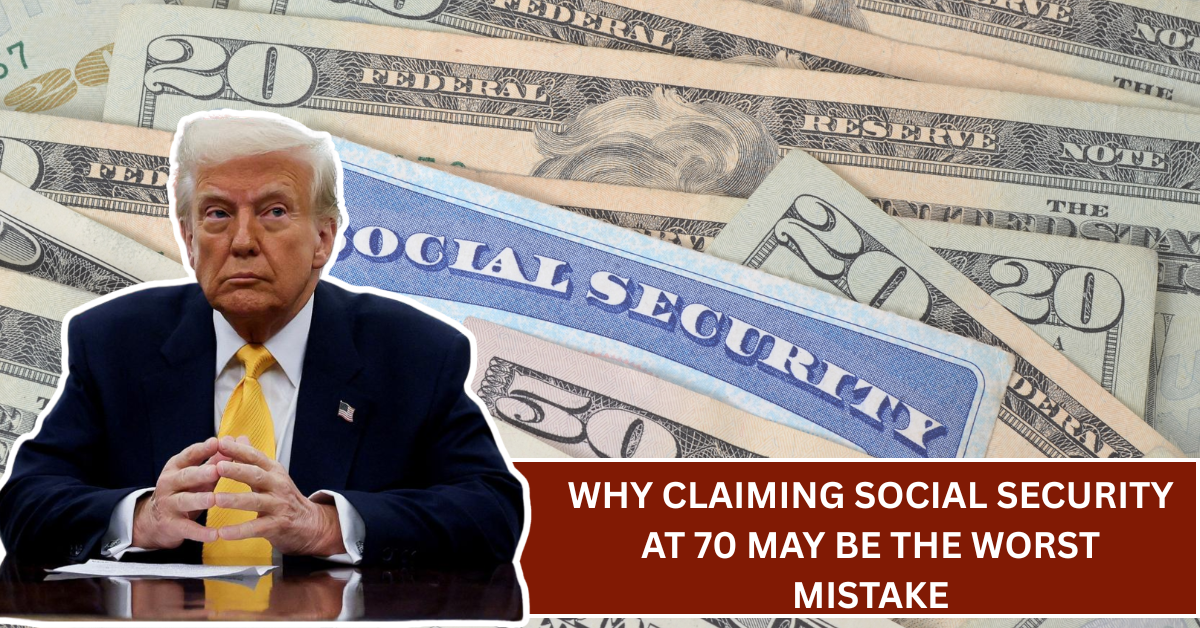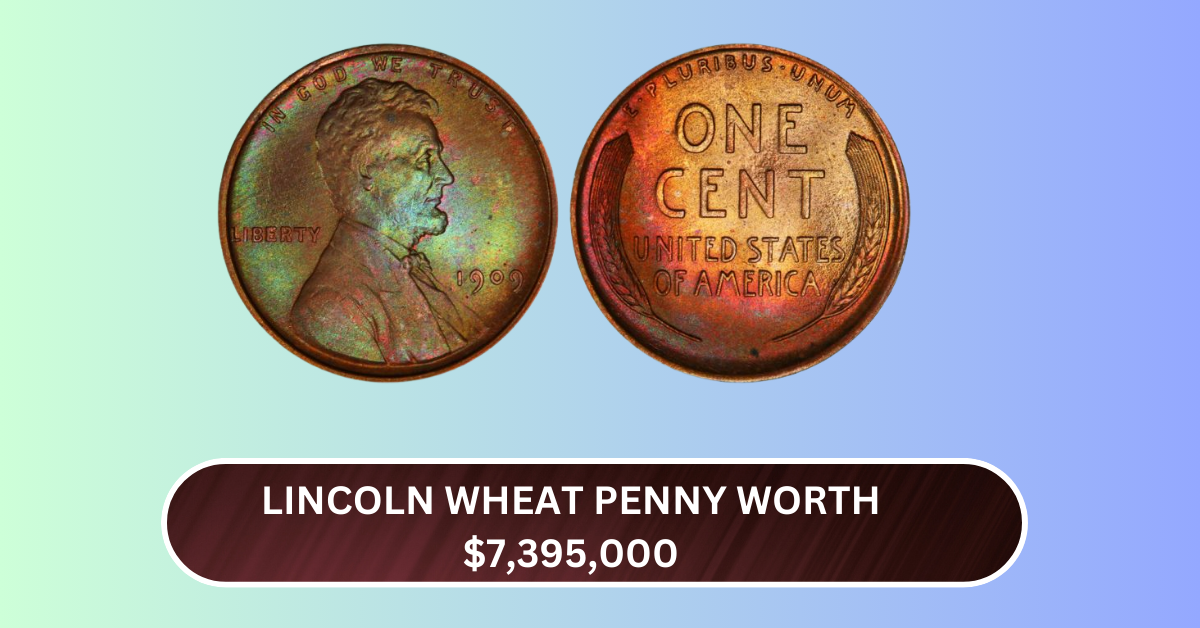
Imagine finding a coin in your pocket that’s worth more than a luxury house or a sports car. Sounds crazy, right? But this is exactly what’s happening with one of the rarest coins in America – the Lincoln Wheat Penny. One particular Lincoln Wheat Penny has shocked collectors and enthusiasts around the world with its jaw-dropping value of $7,395,000. What’s even more surprising? It might still be in circulation today, hiding in someone’s old coin jar or wallet.
Let’s understand why this coin is so valuable, how you can spot one, and what to do if you think you’ve found it.
What is the Lincoln Wheat Penny?
This Article Includes
The Lincoln Wheat Penny was first introduced in 1909. It’s called the “Wheat Penny” because the back side (reverse) features two wheat stalks on either side of the words “ONE CENT.” These coins were minted until 1958, after which they were replaced by the Lincoln Memorial design.
Although millions of these coins were made, some special versions are extremely rare and valuable. The one making headlines recently is one of these rare varieties.
Why Is This Coin Worth So Much?
So why would anyone pay over $7 million for a penny? Here are some major reasons:
- Minting Error or Rare Variant: Many valuable coins are worth so much because of rare mistakes during their production. The Lincoln Wheat Penny in question might have a unique feature like a double die, off-center strike, or an extremely low mintage.
- Condition (Grading): If the coin is in “mint” or “uncirculated” condition, its value increases significantly. Collectors are willing to pay huge amounts for coins that are nearly flawless.
- Historical Significance: Coins from certain years, such as the 1943 bronze Wheat Penny or the 1909-S VDB (named after its designer Victor David Brenner), are already known for their value due to low production numbers or mistakes.
- Collector Demand: Rare coins have passionate buyers who are willing to spend millions to own a unique piece of history. This demand drives prices higher.
Could This Penny Still Be in Circulation?
Yes, and that’s what makes it even more exciting. Experts believe that a few rare Lincoln Wheat Pennies are still floating around in everyday change. Many people don’t realize the value of older coins and end up using them for regular purchases.
So, the next time you get change from a shop or clean out an old piggy bank, don’t forget to look closely at every penny.
How to Identify a Valuable Lincoln Wheat Penny
Here are a few signs that your Lincoln Wheat Penny might be worth a fortune:
- Check the Year: Look for coins from 1909, especially the 1909-S VDB. Also check for 1943 bronze pennies, which were accidentally made from copper instead of steel.
- Look for Errors: Double letters, strange spacing, or off-center designs can mean the coin is rare.
- Check the Mint Mark: The small letter under the date tells where it was made – “S” for San Francisco, “D” for Denver, and no mark for Philadelphia. Some mint marks are rarer than others.
- Condition Matters: A shiny, clean, damage-free coin is always worth more than one that’s scratched or faded.
If you think you’ve found a special coin, don’t clean it – it could reduce its value. Instead, get it checked by a professional coin dealer or submit it to a coin grading service like PCGS or NGC.
What Should You Do If You Find One?
First, don’t panic or rush to sell it. Take these steps:
- Research: Look online or check coin catalogs to compare what you have.
- Get It Graded: Contact a certified grading service to get the coin professionally examined and authenticated.
- Speak to Collectors or Auction Houses: If your coin is rare, you might get offers from serious collectors or auction houses.
Final Thoughts
The idea that a penny – something we usually ignore or leave lying in drawers – could be worth millions is exciting. The Lincoln Wheat Penny reminds us that history, mistakes, and passion can turn even the smallest things into treasure.
So next time you’re sorting your change, take a minute and look closely. Who knows? You might just be holding a $7 million surprise in your hand.


